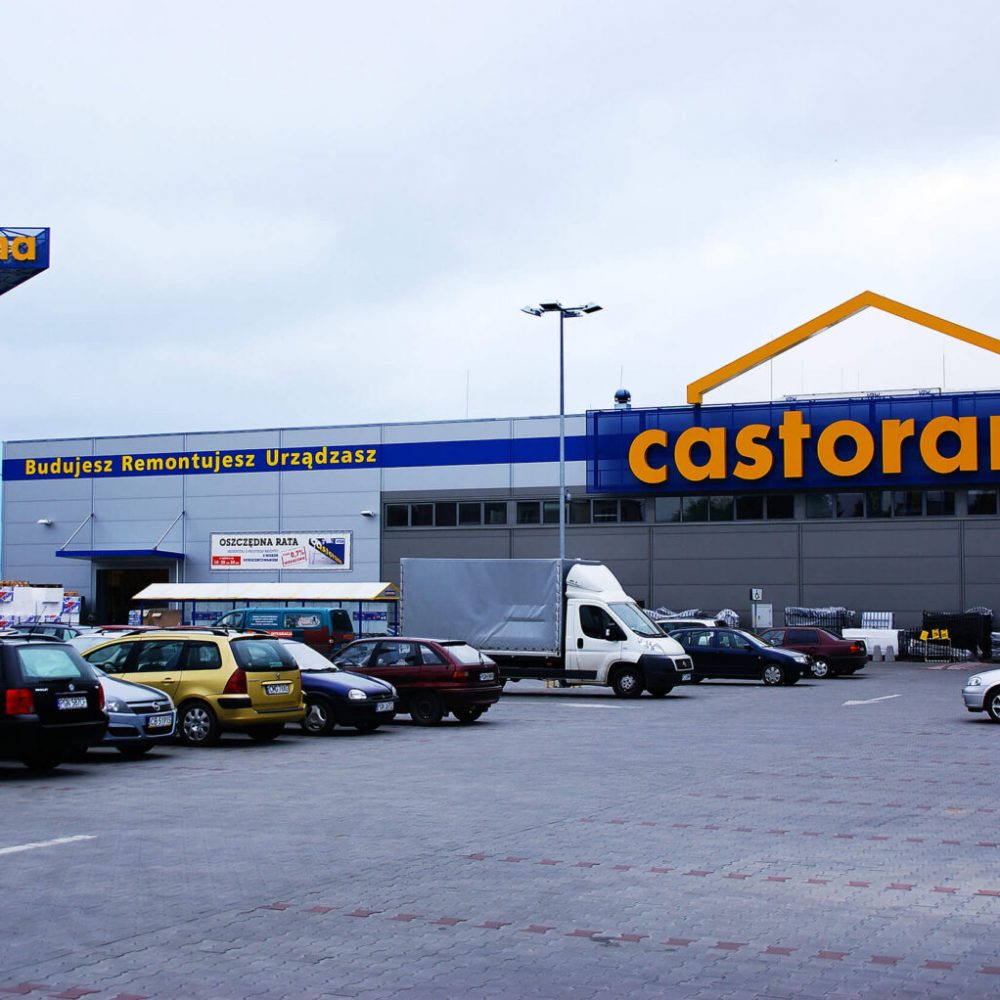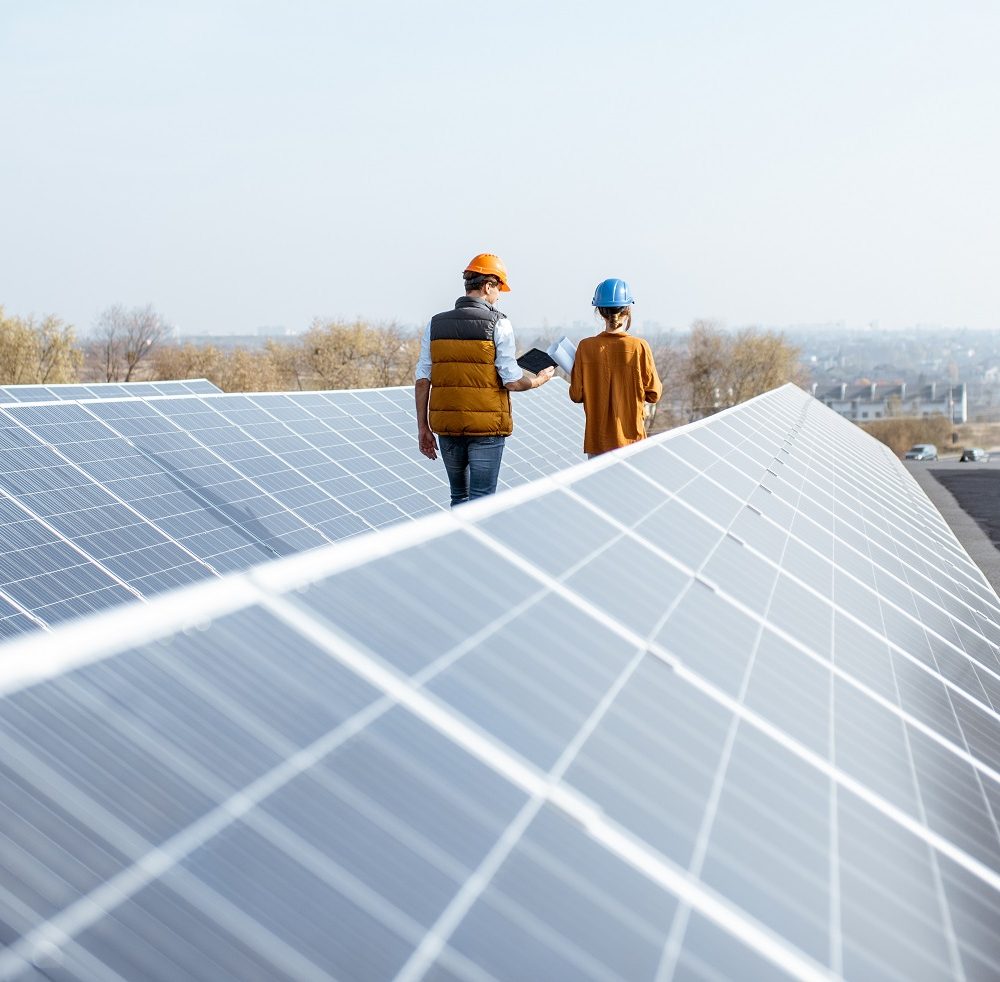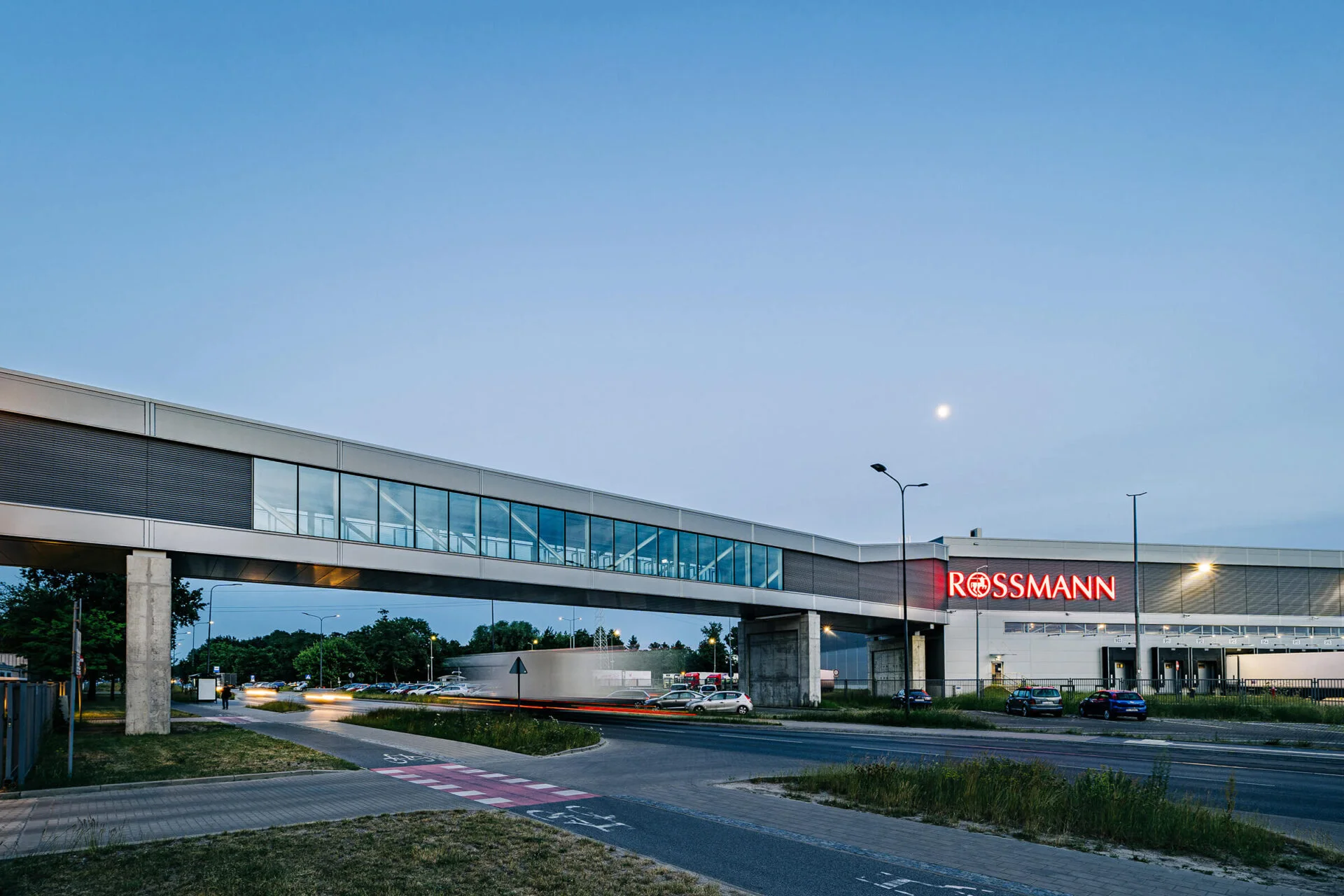
The extension of industrial halls is a process fraught with many technical challenges. Many times, the plan to expand an industrial complex with additional production or storage space is created over time. In such a situation, an existing industrial hall may often not be prepared for expansion, and it may not be possible to locate facilities in the immediate vicinity due to the existing land development, fire safety regulations or the direct interaction of the existing facility with the proposed one. In vast majority of cases, it is therefore desirable to consider building a connector between the buildings. Connectors between halls can take on different forms and functions, depending on the solutions adopted as a result of the circumstances in which they are designed. The types of hall-to-hall connectors and the advantages and disadvantages of them are discussed in the following sections.
Types of connectors between halls
In industrial construction, connectors can be arranged according to several criteria. The first criterion is the level of location in relation to the ground – the link can be designed as above-ground and therefore either permanently or temporarily connected to the ground. The connecting link between the halls can also be above ground, sometimes referred to as a footbridge. Such a footbridge between industrial halls allows pedestrian and often vehicle traffic underneath, thus increasing the freedom of transport organisation around the plant.
Another parameter classifying the type of connector between halls is the area of contact with the facilities to be connected – for a connector can be relatively narrow and be a tunnel/road between facilities (point connector) or be a much wider facility allowing multipath communication (linear connector).
Another important criterion for the division of connectors between buildings is the type of predominant material used for construction. A distinction can be made between connectors erected with traditional methods, i.e. masonry, the vast majority of which are permanently bound with the ground, and therefore belong to the group of the on-ground connectors. The built erected steel connectors, on the other hand, are characterised by much greater slenderness and allow for the formation of both, aboveground structures (permanently and temporarily bound to the ground) and aboveground footbridges. As an alternative to steel connectors, aluminium structures are also available which the connector to be fitted mainly with glass walls – these are known as aluminium-glass connectors or glass connectors.
What are the advantages of hall connectors
The connector between halls makes it possible to solve sometimes very complex technical problems. As mentioned in the introduction, not all industrial facilities are prepared for expansion from a structural point of view. Aspects such as the difficulty of carrying out foundation work in a way that is safe for the existing building, or the impact of the accumulation of additional snow cover when the new building outgrows the existing one, should be considered. If this is the case, it may be more attractive from an economic point of view to erect a link between the buildings rather than performing out specialised geotechnical and foundation work or additional structural reinforcement to the existing building. The usability of the complex to be extended must also be considered, as fire safety regulations often require a certain distance between buildings, and, in special cases and with limited space on the plot, a fire road may run between the halls. The connector should then be designed as a footbridge leaving adequate crossing clearance to allow fire engines to pass freely. A properly designed footbridge between halls should allow for the free movement of people and goods, as well as the passage of vehicles underneath, both in accordance with the customer’s guidelines and the specialised vehicles discussed above, if necessary. Moreover, the aboveground connectors between buildings make it possible to connect industrial facilities that are separated even by external roads (roads of public use) – Commercecon has i its portfolio successful project of a footbridge that enables autonomous transport of goods between warehouses over a city road in Łódź.
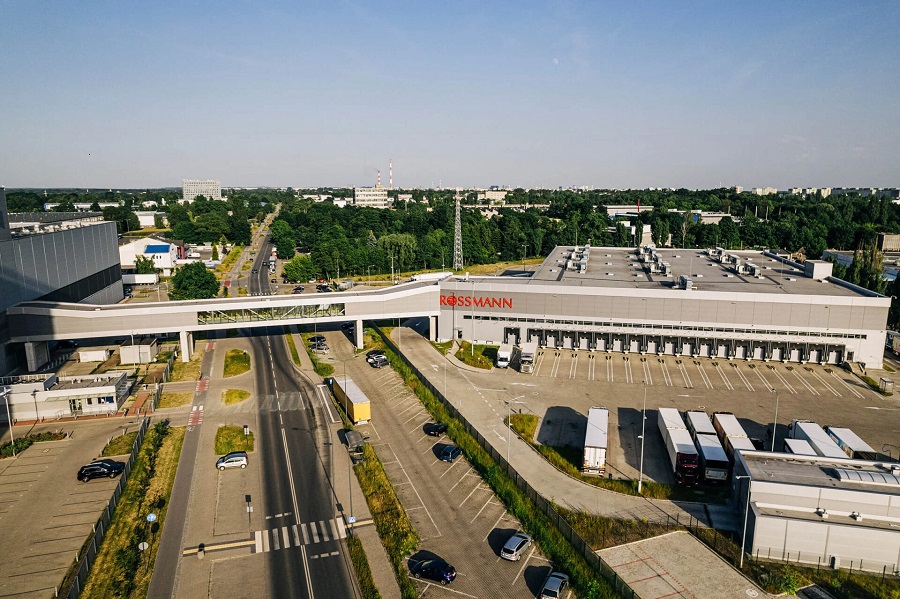
ROSSMANN head office, ul.Św. Teresy in Łódź
Above-ground connector (footbridge) for the autonomous transport of goods from the receiving and packing warehouse to the shipping warehouse. The footbridge allows goods to be transported and has a dedicated area for passenger traffic. It runs over Św. Teresy street.
Are there disadvantages of hall connectors?
As in many cases, it is difficult to find a solution without any drawbacks. Aboveground connectors between buildings limit the freedom of site management and impose a certain order from the point of view of logistical planning of plant operations. Aboveground connectors between buildings, on the other hand, often require certain specialised structural solutions – they must have adequate stability, be insensitive to unwanted dynamic excitations, and be subject to important geometrical constraints such as maintaining a proper passage underneath while keeping their own size to allow freedom of use. Footbridges can also introduce additional forces not assumed in the design of the existing facility, thus requiring additional structural reinforcement works to the existing facility.
Is a connector between halls the best solution?
Connectors between industrial facilities can take many forms, tailored to suit the situation. They have a number of advantages as discussed in the text, but are not without disadvantages. It is difficult to answer clearly and in general terms the question of whether it is worthwhile to make a connector between halls.
The sooner the investor plans an extension to an industrial hall, the more opportunities are available. A facility in the early conceptual and design phases is worth analysing in preparation for an extension. At this early stage, it is possible to introduce additional reinforcement and structural modifications to allow the direct addition of a further facility at a later date as an alternative to designing connectors between distant facilities. A general contractor with a wealth of experience in the construction of industrial facilities will appropriately analyse all operational and economic aspects, choosing the right solutions to enable the smooth extension of industrial facilities.
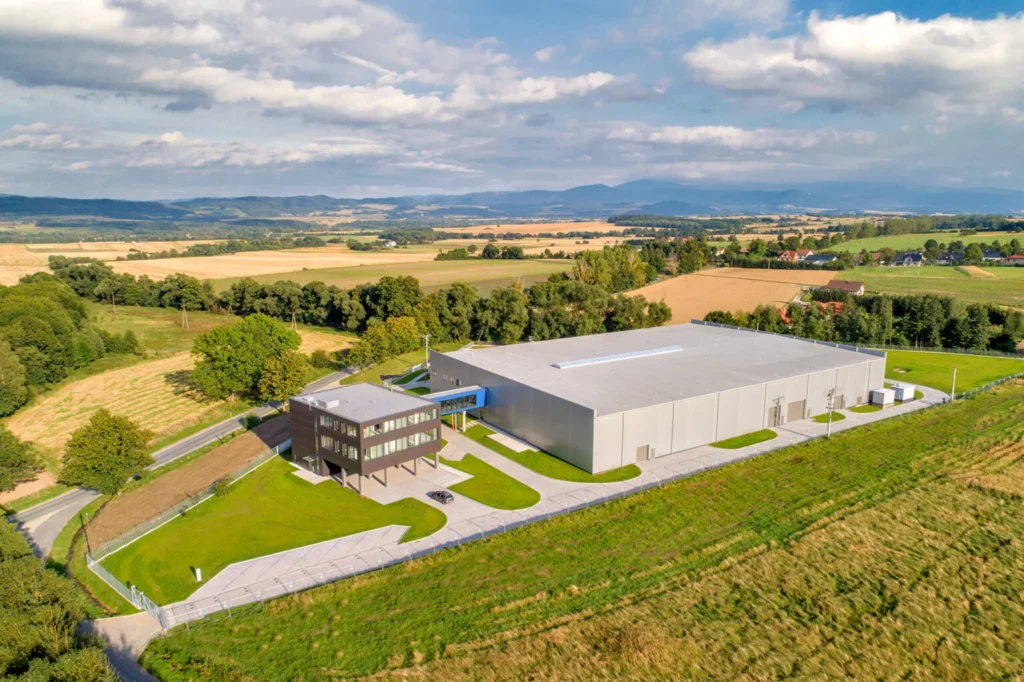
Długopolanka Mineral Water Bottling Plant in Stara Łomnica near Bystrzyca Kłodzka
Aboveground connector (footbridge) connects the staff area of the bottling hall (two-storey social part integrated into the hall envelope) with a free-standing office – it enables pedestrian traffic.

